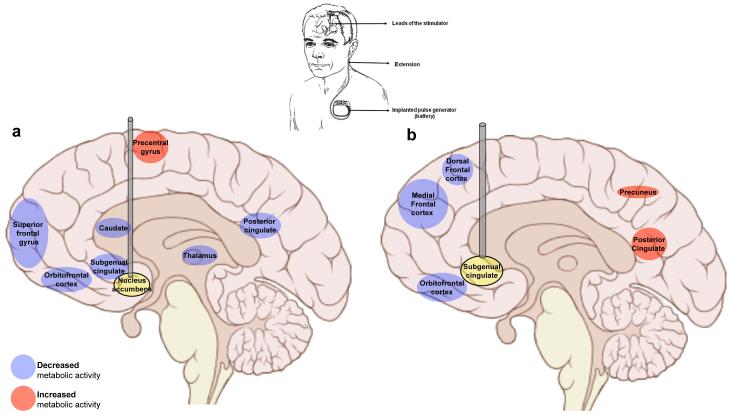Figure 3. Effects of deep brain stimulation (DBS) on brain metabolic activity.
a) In treatment-resistant depression, DBS applied to the nucleus accumbens and nearby regions produces significant clinical improvement as well as changes in metabolic activity across an array of neural substrates (as measured by fluorodeoxyglucose positron emission tomography before and 6 months after DBS implantation) (18, 19). Among responders, reduced glucose metabolism (blue shading) was observed in the orbitofrontal cortex, superior frontal gyrus and posterior and subgenual cingulate cortical areas. b) The subgenual (also known as subcallosal) cingulate cortex is itself another DBS target for depression (17, 18), and post-DBS PET studies reveal similar patterns of decreases in frontal cortical metabolism. In addition, DBS applied here normalizes heightened blood flow to this region that is associated with depressive episodes (not shown). These data, together with results from rodent DBS studies (98), suggest that continuous DBS in these areas may alleviate severe depressive symptoms by enhancing inhibition across a circuit of cortical and subcortical structures.

